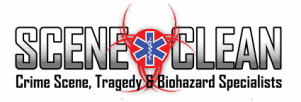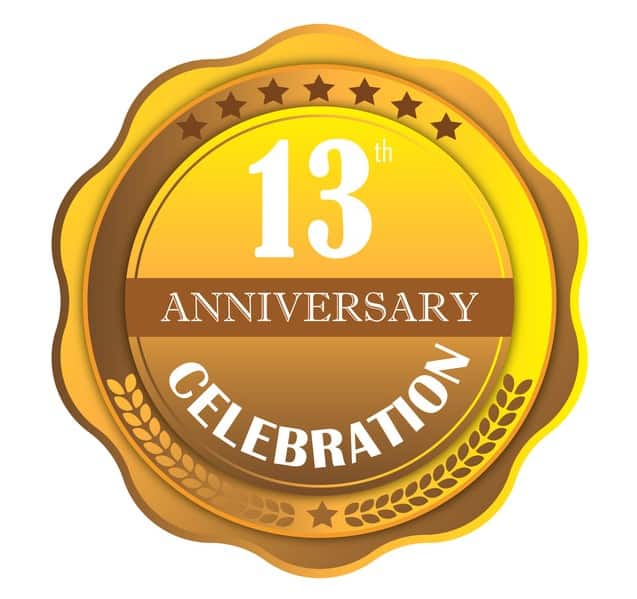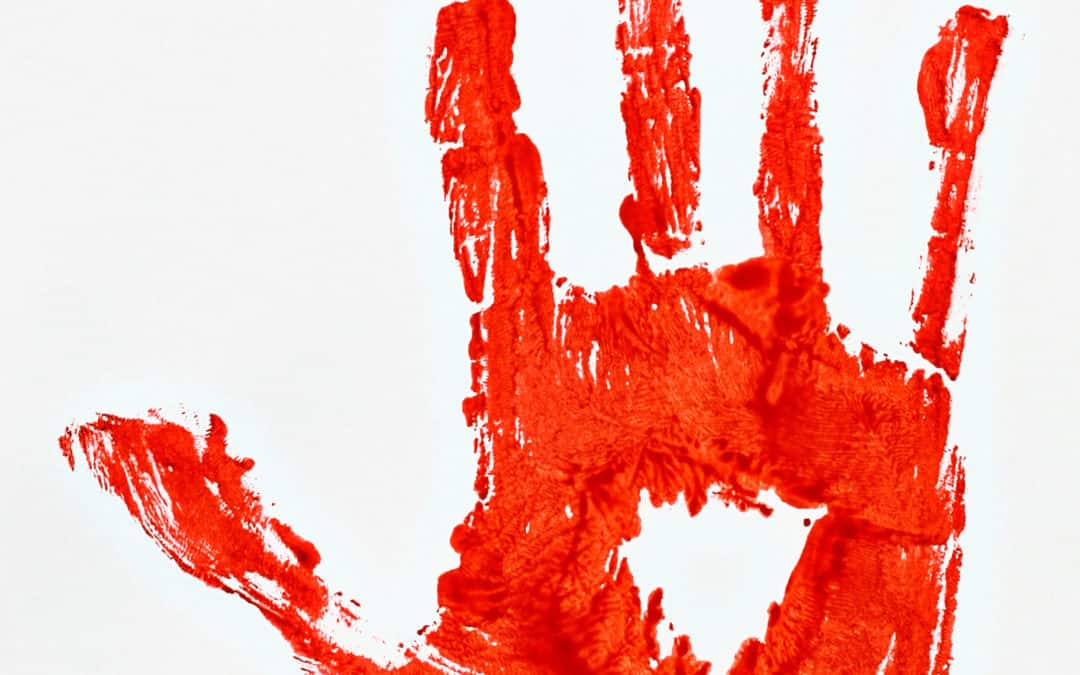Trauma Cleanup Minneapolis or Crime scene cleanup as performed by is a term applied to specific situations involving blood, bodily fluids and other potentially infectious materials. It is also referred to as biohazard remediation because crime scenes are only a portion of the situations in which biohazard cleaning is needed. Such incidents may include:
- Accidents or acts of intentional harm and/or intentional self-harm
- Suicides
- Homicides
- Decomposition or unattended death
- Mass trauma
- Industrial accidents
- Infectious disease contamination
- Animal biohazards (e.g. feces or blood)
- Regulated waste transport, treatment, and disposal
Television productions like CSI: Crime Scene Investigation have added to the popularity of the term Crime Scene Cleanup. Australia, Canada and England have added it to their professional cleaning terminology. As a profession, it is growing in popularity because of media exposure and the growth of training programs worldwide.
The generic terms for Trauma Cleanup Minneapolis or Crime Scene Cleanup include trauma cleaning, crime and trauma scene decontamination (“CTS Decon”), biohazard remediation, biohazard removal, blood cleanup and crime scene clean up.
Trauma Cleanup Minneapolis or Crime scene cleanup includes blood spills following an assault, homicide or suicide. There are many different sub-segments, named primarily after additional collateral, contingency, or preconditions, regarding the presence of non-blood borne organics, toxic irritants [tear gas, crystal velvet powders etc.]or vectors.
Trauma Cleanup Minneapolis or Crime scene cleanup began primarily as a local or regional small business activity but maturity and consolidation has created some larger entities in the industry; only a few nationwide companies exist, although some national carpet cleaning and restoration companies franchises have added crime scene cleanup and biohazard removal to their services. Due to the legal and ethical complications crime scene cleanup is often its own business entity or a separate division.
Employees who perform crime scene clean up typically think of themselves as “second responders” and are trained in compassion and sensitivity when working with crime survivors and family members who may be affected by the situation. A crime-scene cleaner needs at least three qualities: a strong stomach, the ability to rationally detach from his or her work, and a sympathetic nature. This is an emotional job.
While the field of crime scene cleanup is not specifically regulated as a class, most if not all of the activities performed by biohazard cleanup teams in the United States are regulated or fall under best practice guidelines from governing and advisory bodies such as OSHA, NIOSH, DOT, and EPA. Those who hire a crime scene cleanup company should make sure that they are properly trained in applicable federal and state regulations and can provide documentation of proper biohazardous waste disposal from licensed medical waste transportation and disposal companies.
In the US, OSHA requires that exposure to blood-borne pathogens be limited as much as possible due to the assumption that the blood and biological material is infectious. Most actions taken to limit exposure fall under cross-contamination protocols, which provide that certain actions be taken to avoid further spreading the contamination throughout otherwise clean areas. CTS De-con companies should have in place, an exposure control plan before beginning work on any trauma scene. Under employee safety and cross-contamination protocols, the following OSHA regulations may pertain to bioremediation.
- OSHA29 CFR 1910.1030(g)(2)(ii)- Initial Assessment of Work: Must assess work site for potential hazards to employee safety. OSHA Hazard Communication Protocol: Required to establish what chemicals are used and that they are properly labeled.
- OSHA 29 CFR 1910.1030(d)(2)(i);29 CFR 1910.1030(e)(2)(iii); 29 CFR 1910.1030(d)(1); and 29, CFR 1926.1053 – Work Practice & Engineering Controls and Safety: Having done the initial assessment, must determine damage, potential hazards, equipment needs, egresses, work routes, possible complicating factors, ladder/scaffolding safety protocols, availability for hand-washing/sanitizing wipes.
- OSHA 29 CFR 1910.1030(d)(1) – Method of Compliance: Ensure employees are following all OSHA-mandated engineering and work practice controls through proper supervision, written documentation and photographs.
- OSHA 29 CFR 1910.1030(c)(2) – Exposure Determination: Determine employee safety concerns due to exposure to biological materials.
- OSHA 29 CFR 1910.1030(g)(1) – Hazard Signs and Labels: Hazardous areas must be demarcated; use of biohazard tape and establishment of zones separates and identifies hazardous areas.
The crime scene cleaners’ work begins when the coroner’s office or other official, government body releases the “scene” to the owner or other responsible parties. Only when the investigation has completely terminated on the contaminated scene may the cleaning companies begin their task. Often times a crime scene cleanup crew will work with investigators to make sure no possible evidence is tampered with during the property cleanup.
Standard operating procedures for the crime scene cleanup field often include military-like methods for the decontamination of internal and external environments. Universal precautions recognized worldwide are the cautionary rule-of-thumb for this field of professional cleaning. Cleaning methods for removing and sanitizing biohazards vary from practitioner to practitioner.




